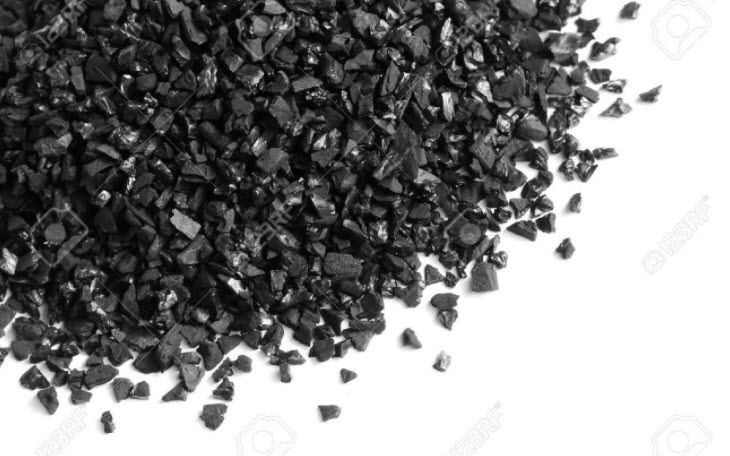
The activated carbon used in aquarium filters is elemental carbon, i.e. pure carbon with nothing else in the atomic structure. Activated carbon is typically lignite coal heated above the temperature at which it burns in an oxygen-free atmosphere.
Since there is no oxygen, the carbon of the coal doesn’t burn. Instead there are a billion tiny channels that are opened up. Each tiny channel can “adsorb” certain types of molecules (colored compounds, smells). But the types of molecules adsorbed are limited to a very select few.
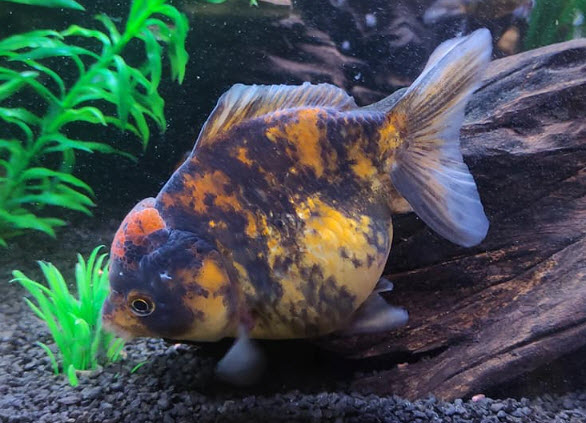
Activated carbon as filter media in an aquarium filter will do the following very limited tasks:
- It will remove brown tannins which leach from certain types of decorative wood (its major use)
- It will remove smells from a poorly aerated aquarium
- It will remove food coloring from cheap fish food which colors the aquarium water red, yellow, brown or green
- It will remove two medications and only two medications, malachite green and methylene blue
Activated carbon is used by water treatment plants to remove the smell and taste of algae. It is NOT used commercially to remove any toxins from the water. Let us add emphasis to this fact:
.
Activated carbon does not remove ANY toxins from aquarium water.
.
There are NO toxins which are found in aquarium water which are removed by activated carbon. When the claim “Activated Carbon removes toxins” comes up on social media I always ask what is the exact chemical identity of these “toxins” that carbon removes. I never get an answer.
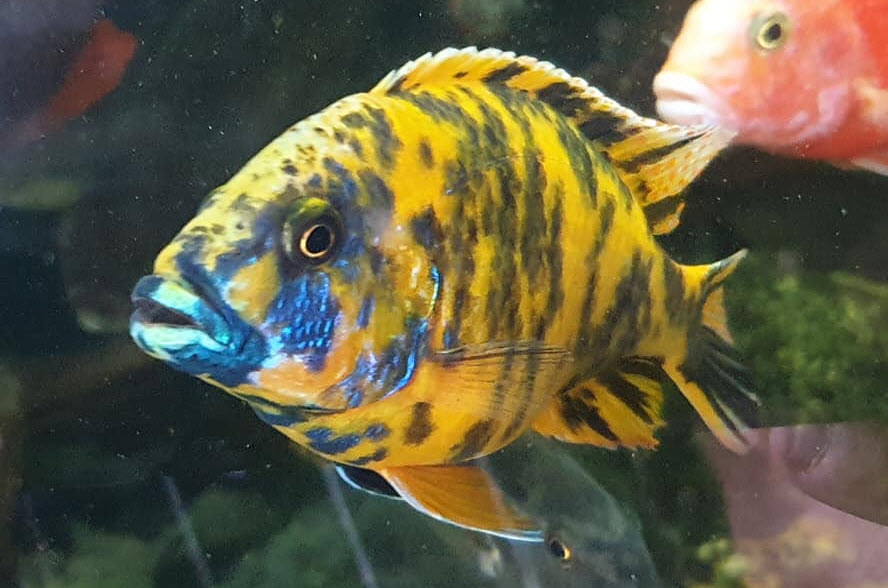
The Big Cartridge Scam!
The makers of activated carbon have done a masterful marketing job here, convincing people they need something when they don’t need it. Many years ago (fifty years ago, when I started in the hobby!) when hang-on-back with cartridges was the only real option in filters, filter makers found a gold mine. They filled the cartridges with cheap activated carbon and told everyone to change the cartridges every month. They still do this. The profit margin on these cartridges is obscene.
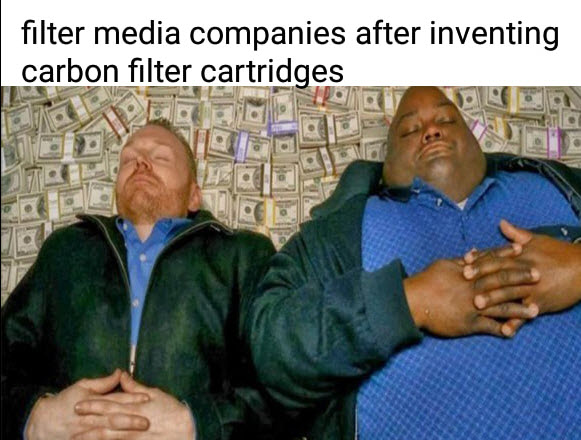
Now, in addition to selling the carbon cartridges, the aquarium supply manufacturers take cheap activated carbon, package it in bottles and jars, and sell it as a “necessity” to millions of aquarium owners. Again the profit margins are obscene.
And the whole thing is just one big scam. Sorry, there is no way to sugar coat that!!
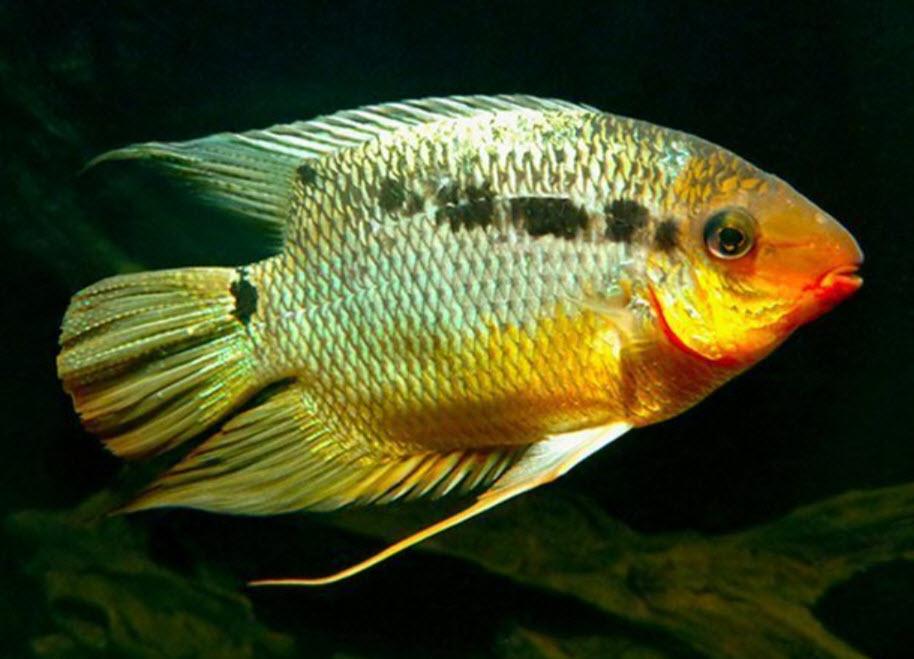
Toxins in the Aquarium
Activated carbon is recommended for use in all aquariums to “remove toxins and heavy metals”. What “toxins and heavy metals”? This is a simply a scam, there are no harmful “heavy metals” in any water supply. If you lived in Flint Michigan and have old lead plumbing, you might see the IQ of your fish drop a few points from the lead. But that is the extent of it.
There are toxins aquarium owners need to worry about. Ammonia and nitrite are the main toxins that can affect tropical fish. Activated carbon is completely and totally ineffective against both these toxins (“In vitro Comparison of Zeolite (Clinoptilolite) and Activated Carbon as Ammonia Absorbents in Fish Culture”, Emadi et.al. 2001).
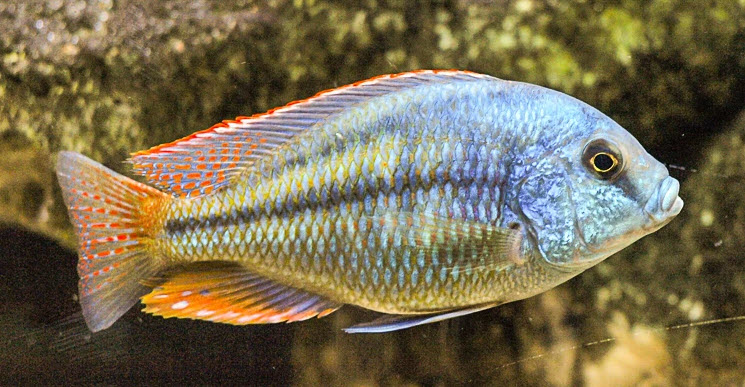
Heavy Metals
People claim activated carbon removes copper and other “heavy metals” from the water column. Per the book “Treatment of Water by Granular Activated carbon”, McGuire, the followings can be removed by activated carbon:
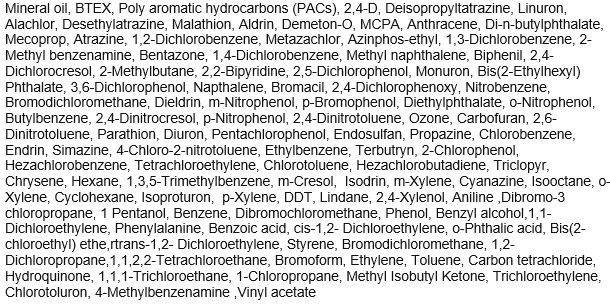
Now this list goes on and on, but what is important is what is not on this list. Not a single ionic material is on this list. Activated carbon categorically does not remove ionic compounds. Heavy metals such as copper and lead are ions in water. So activated carbon does not remove copper or ANY heavy metals.
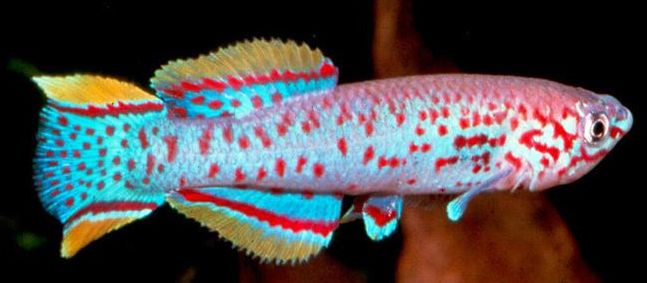
Heavy metals do not occur in anything but incredibly tiny amounts in virtually all the water supplies in the world. Typically it is parts per billion or parts per trillion of any given heavy metal. For clarity, if one were talking about 5 parts per billion in the human population on the planet Earth, then there would be 35 people we would be talking about. This is a very small, completely harmless, amount of any heavy metal.
Many heavy metals are actually required by living creatures. Copper is needed by most organisms for certain enzymes, iron is needed for the blood, and cobalt is necessary for vitamin B12 and other essential enzymes (cobalamins). Zinc, manganese, iron, copper, chromium, cobalt, vanadium and nickel are all “heavy metals” required by all animals including fish.
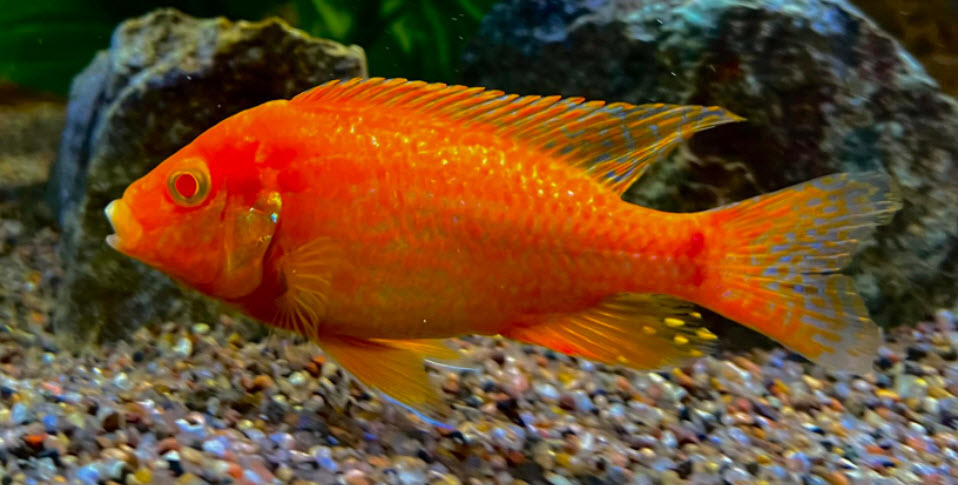
One social media hobbyist had installed a large amount of carbon as they had installed some copper piping to their home and he was concerned about copper poisoning the fish and shrimp in his aquariums. Several points are pertinent:
- First off dissolved copper is ionic in nature and will not be pulled out by carbon
- Copper pipes do not dissolve even a tiny amount in most water supplies. Only if one had a whole house RO/DI system does copper dissolve in the water a tiny amount.
- The amount of copper which will dissolve even with an RO/DI system is so small it will not hurt fish. In some special circumstances it can be detrimental to shrimp.
Because “everyone” knows that even insignificant amounts of copper are deadly to shrimp, and that activated carbon “definitely removes heavy metals”, this hobbyist will continue to spend a ton of money on new carbon to remove the “poisonous copper eroding from his pipes”.
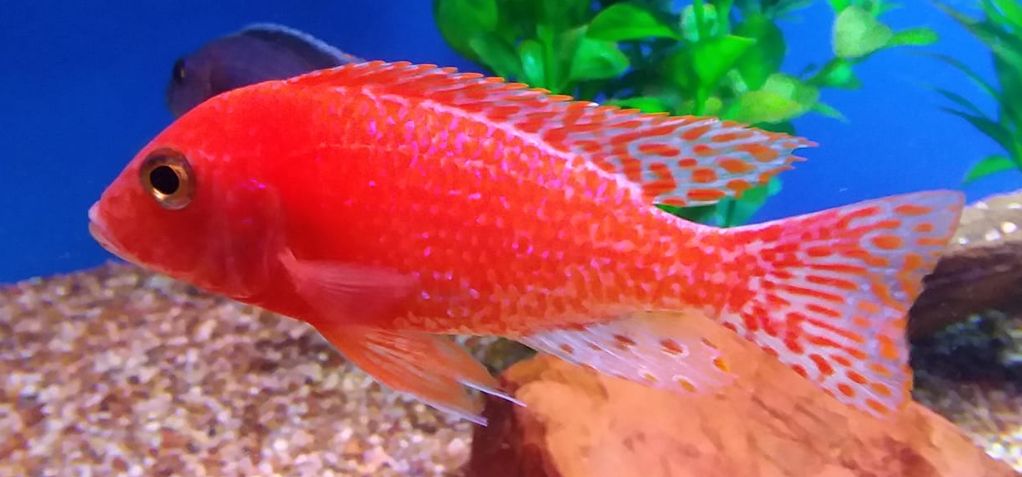
Carbon Doesn’t Remove Fertilizers
Also note that plant fertilizers are ionic materials. Potassium, nitrogen, and phosphorus are always in ionic form when utilized as fertilizers by the plants. So contrary to popular myth activated carbon doesn’t remove fertilizers.
Chlorine and Chloramine
Activated carbon can remove chlorine from water. But the activated carbon in an aquarium filter will not remove chlorine fast enough to save one’s fish from damage. A 250 GPH filter on a 50 gallon tank means the fish are probably in toxic chlorine water for at least 12 to 30 minutes during a water change. This will kill fish.
A note on using activated carbon to remove chlorine during a water change by putting it in a cartridge filter in a hose to the aquarium. A tube or cartridge of activated carbon in a hose going to the aquarium can remove chlorine but not chloramine from water change water. The difference is due to the speed with which the two toxins are removed by carbon.
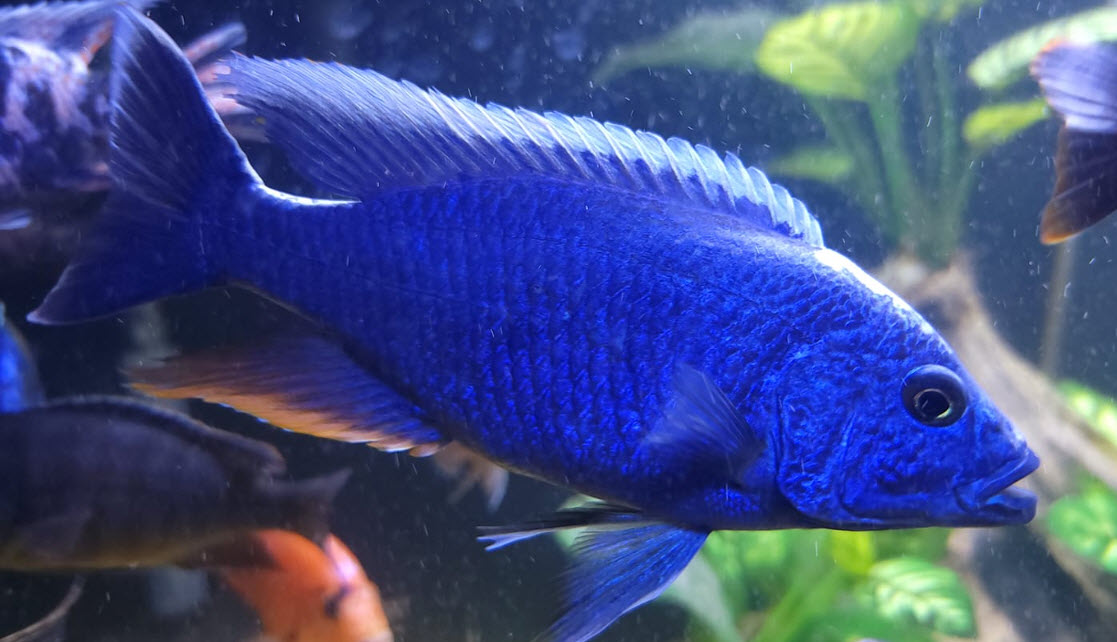
At the pH of most drinking water chloramine is very slowly reduced to ammonia and chloride (Bauer and Snoyeyink, 1973, Komorita and Snoeyink, 1985). The reduction is very slow (0.3 gallons per minute through three feet of carbon, per the article: “Activated Carbon Filtration”, DeSilva, 2000), which means it doesn’t work well for doing a water change (1 to 3 gpm and a few inches of carbon).
Because the reduction generates ammonia and ammonia is a food source for bacterial growth, activated carbon beds reducing chloramine become “fouled” pretty rapidly and stop doing reduction. This is in contrast to chlorine, which is reduced at a moderate speed in feet of carbon and where the beds are good for up to six months.
So, activated charcoal might have a use conditioning water for water changes if you have only chlorine and you use it in a large filter which is in the hose you use for a water change. Personally I wouldn’t chance it. Some 60% of the water supplies in the USA currently use some form of chloramine.
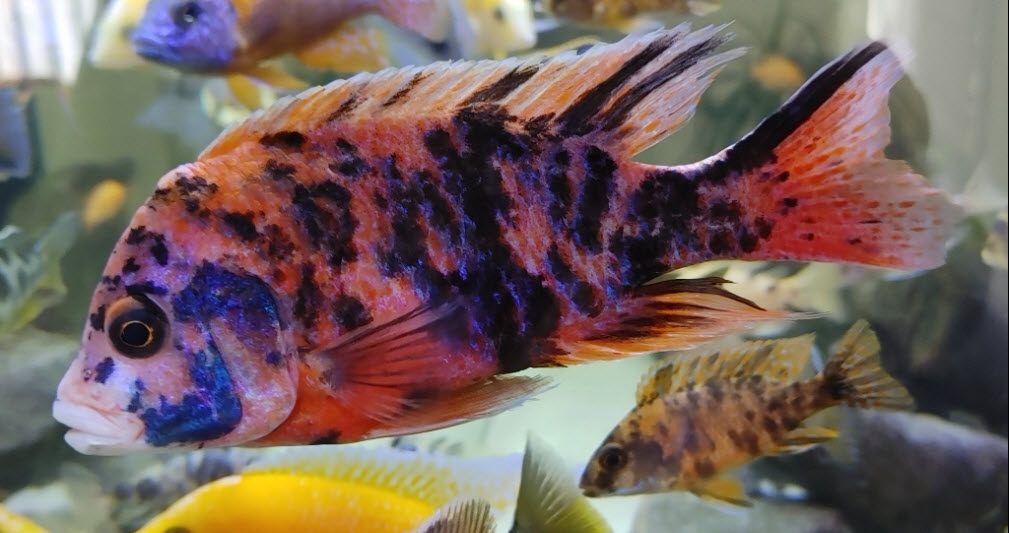
Organic Compounds in the Aquarium
In a functional aquarium there will be many (try billions) of different organic compounds formed as food and feces breaks down. All these compounds are normally broken down rapidly in the filter by bacteria with no harm incurred.
These compounds are not stable dyes nor are they toxins. A few of them have a structure which would be removed by activated carbon. In any case there is rarely a point to filtering out even these few compounds with activated carbon. These compounds are not toxic!
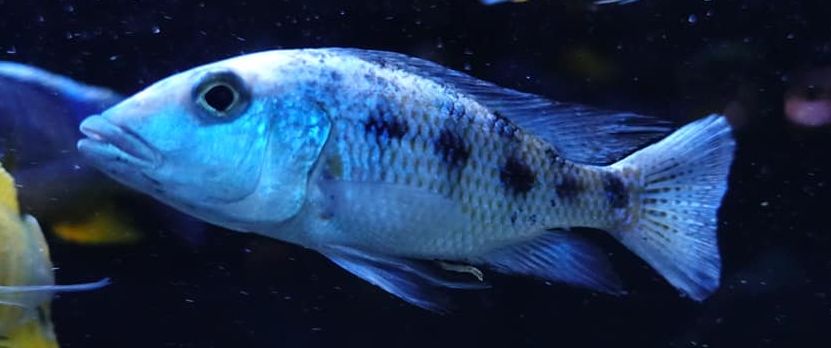
Carbon Does Remove Food Coloring
If one is using commercial flake food, there is a use for activated carbon. The food coloring in this food cause yellow water, very yellow water. These manmade azo dyes are relatively unaffected by biofiltration and pass through fish unchanged, so they build up in an aquarium. Activated carbon removes this yellow color. One shouldn’t use food with food coloring in it.
Now people are going to say that the yellow color in an aquarium is obviously due to fish urine and activated carbon removes that color. They are wrong. The yellow color is a compound called urochrome which mammals excrete. Freshwater fish don’t excrete urochrome from their urinary pore. They excrete clear dilute ammonia (and they actually do most of that from their gills). Even if they did excrete urochrome, it would be broken down rapidly in any biofilter.
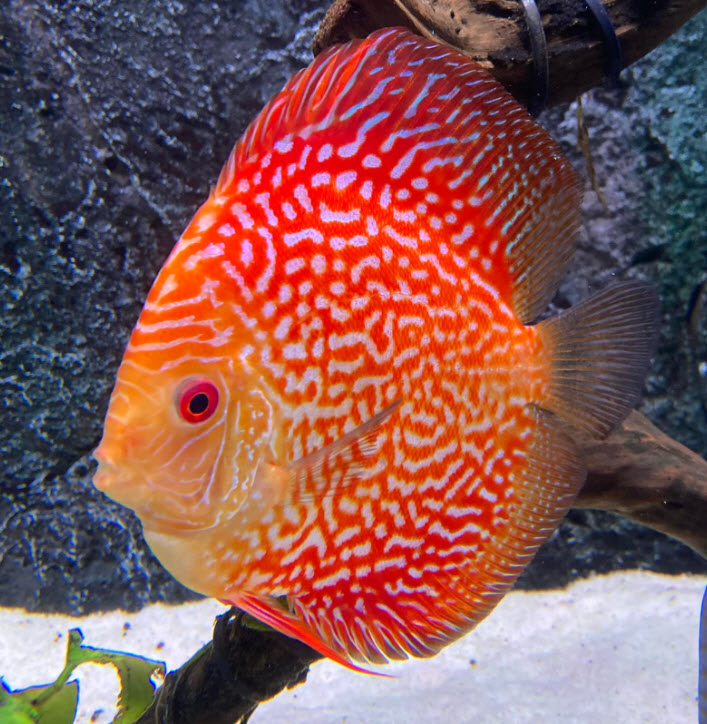
Removing the Brown Water Color from Some Wood
Activated carbon is useful if one were to use a piece of wood that has tannins in it for a decoration. Woods often leach tannins and color the water brown. Activated carbon will remove the tannins and the brown color.
Peat bags and oak leaves are often used in Amazonia set-ups to supposedly “acidify” the water. In actuality the effect is very small for any water with any KH in it. Activated carbon will remove the acids created by peat bags (humic acids) and oak leaves (tannic acid). But why one would add these acids only to remove them again with activated carbon? What’s the point?
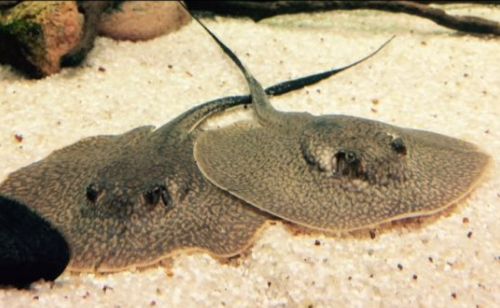
Carbon and Odors
Activated carbon will remove odors from an aquarium. But a well filtered and aerated aquarium shouldn’t have an odor. If there is an odor there is a problem which will affect the health of the fish. Most of the time an aquarium with an odor will be remedied simply by adding a big air pump and several air stones. Sometimes overfeeding will produce odors.
Removal of Medications
Activated carbon definitely removes two medications: Malachite Green and Methylene Blue. It possibly removes Levamisole. But why would one want to remove the medications. Normally one wants the medications to stay active in the water column and kill pathogens.
In any case ALL the other medications are not water soluble and are thus not removed by the activated carbon, contrary to the directions on most fish medications.
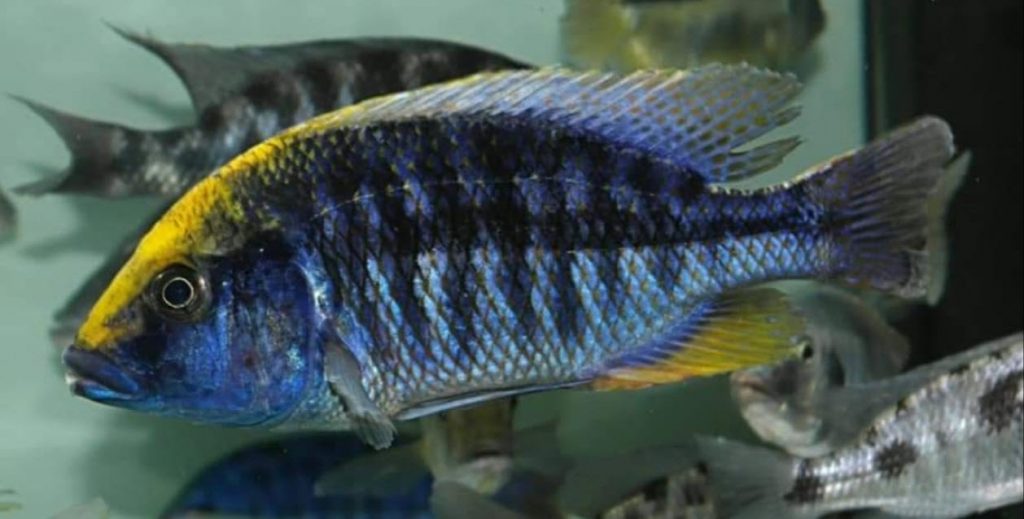
Activated Carbon is Short Lived
Note that the tiny pores in activated carbon that remove colored compounds and odorous compounds CAN be rapidly plugged by bacteria in the aquarium and various dissolved organic compounds. And these pores CAN stop adsorbing compounds like tannic acid very quickly (like in three days). But some grades of activated carbon CAN last one month in SOME aquariums.
There are hundreds of grades of activated carbon, each with its own capability to adsorb any given compound. So it one is using activated carbon to remove something like tannic acid be aware that somewhere between three days and one month it will quit working, if it works at all. Predicting when the saturation will occur is just a guessing game. Per the article “Granular Activated Carbon, Part 2: Modeling of Operational Parameters for Dissolved Organic Carbon Removal from Marine Aquaria”, Ken S. Feldman 2007, Advanced Aquarist”
“An interesting observation to emerge from these simulations is that the granular activated carbon saturation times vary tremendously depending upon the clean/dirty state of the tank water. Under conditions of aggressive dissolved organic compound removal (skimming, water changes, granular activated carbon use), the carbon charge should last over a month, but under more passive nutrient removal husbandry (no skimming? no frequent water changes?), the carbon charge will be depleted in just a few days.”
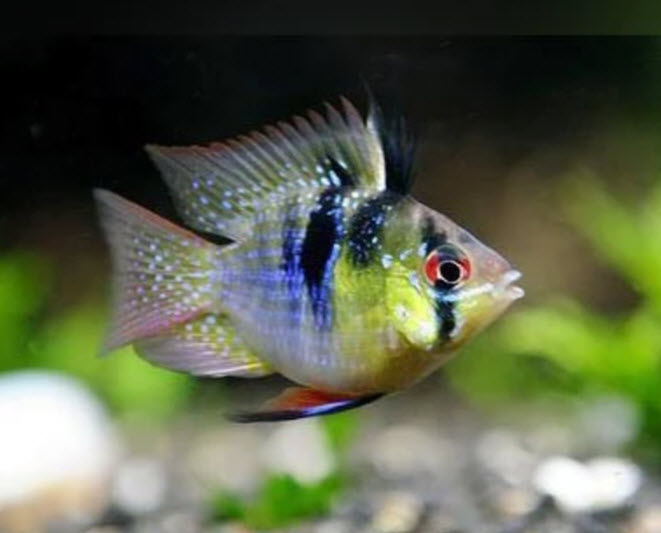
Activated Carbon and Ammonia
Occasionally one will find an enterprising individual who will find an obscure article on a grade of activated carbon which will remove ammonia. And the individual will then come on social media with their “discovery”. And some suppliers of carbon impregnated products like Swiss Tropicals will claim their products adsorb ammonia (“17 mg NH3 per gram of carbon“).
It is true that one can specially treat activated carbon to remove a whole host of compounds, ammonia being only one of them. A precision manufactured grade (i.e. expensive grade) of specialty activated carbon will be treated with various acids and salts. Sometimes it may even then be treated again in an oven. These are NOT the grades one will be buying to use in an aquarium. They are too expensive.
The grades of activated carbon used in an aquarium will be those produced from coal in China and India by the hundreds of thousands of tons. This cheap activated carbon is highly variable and unpredictable in its performance. It will NOT remove ammonia.
I had a piece of Mopani which kept putting out tannic acid which colored the water yellow. I had to try three different brands of carbon before I found one which worked and removed the tannic acid. Aquarium carbon performance is not rated anywhere so it is HIGHLY variable.
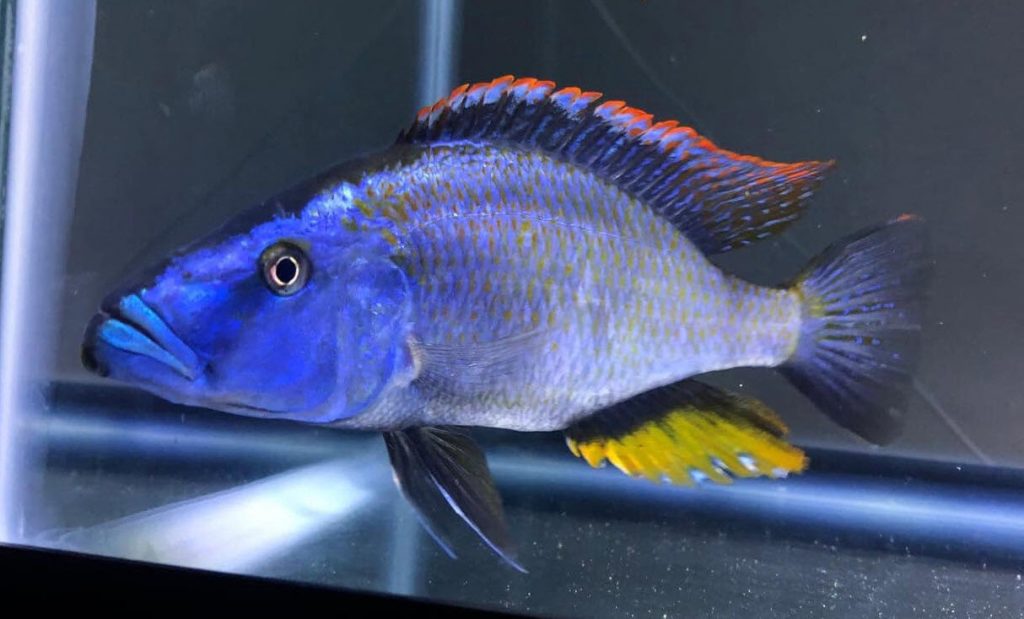
HMA or “Heavy Metal Axe”
Many discus keepers use a water filtration system called “heavy metal axe” (HMA) to filter water prior to adding to the aquarium. This typically consists of a sediment cartridge followed by two carbon cartridges of different grades, sometimes followed by a cation exchange resin.
HMAs MAY be effective against chloramines when fresh and IF the supplier has used the proper resins and carbon. But there are some problems:
- There is no way to know when the carbon will wear out with chloramines, could be two months, could be two days.
- The water must flow through the filter VERY slowly in order for even the best grades of carbon to be effective against chloramines.
- A little sodium thiosulfate is much more dependable and is much cheaper
The whole HMA thing with heavy metals is one big scam.
- For one thing there are no heavy metals that need removing from drinking water.
- Secondly the tiny amount of heavy metals present (largely iron and manganese) are in ionic form and activated carbon removes NOTHING that is ionic.
But discus keepers around the world swear by HMAs and will continue to use them, making large profits for some enterprising marketers. Such is the nature of the beast.
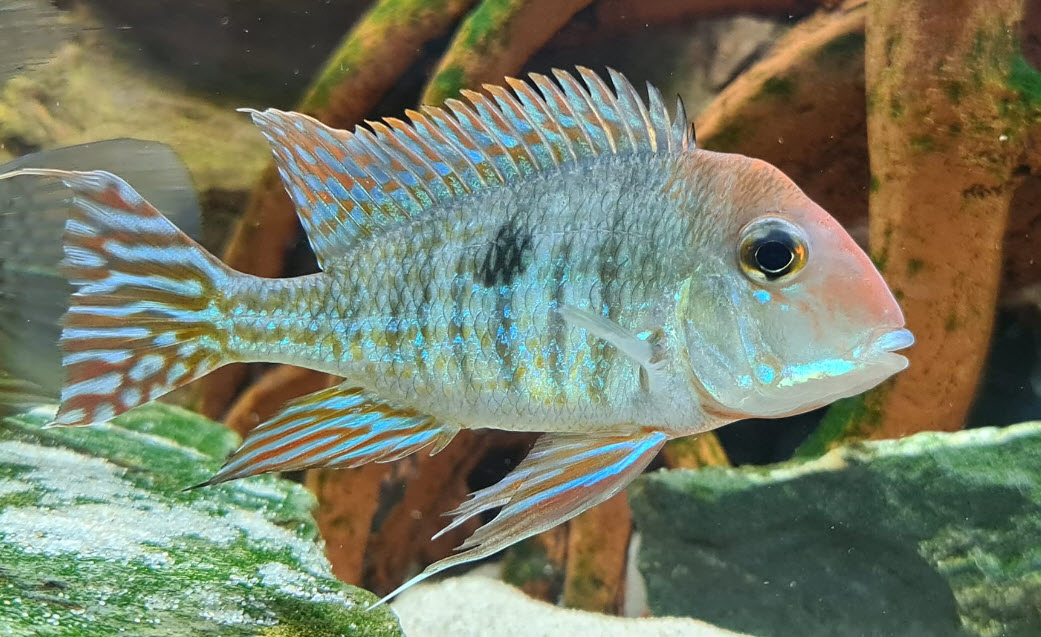
Carbon can Cause Hole-in-the-head Syndrome
Note that certain activated carbons can cause hole-in-the-head syndrome in saltwater fish. The work which established this was very conclusive and can’t be challenged (“Effects of Full-stream Carbon Filtration on the Development of Head and Lateral Line Erosion Syndrome (HLLES) in Ocean Surgeon”, studies done by the Toledo Zoo and Jay Hemdal, 2020 and “The Role of Activated Lignite Carbon in the Development of Head and Lateral Line Erosion in the Ocean Surgeon”, Hemdal et al). Whether this holds for freshwater is unknown. Since carbon is of little use in the aquarium it really isn’t a concern.
.
Return to Filter Media Menu
Return to List of Chemical Filtration Media
.
Aquarium Science Website
The chapters shown below or on the right side in maroon lead to close to 400 articles on all aspects of keeping a freshwater aquarium. These articles have NO links to profit making sites and are thus unbiased in their recommendations, unlike all the for-profit sites you will find with Google. Bookmark and browse!
.
